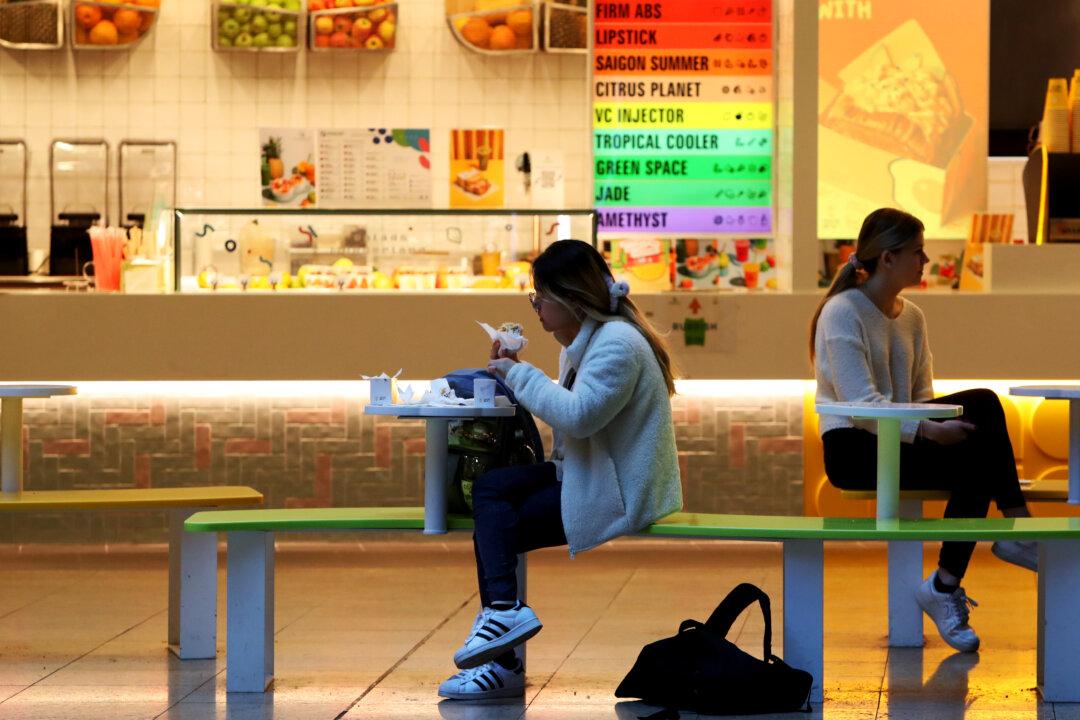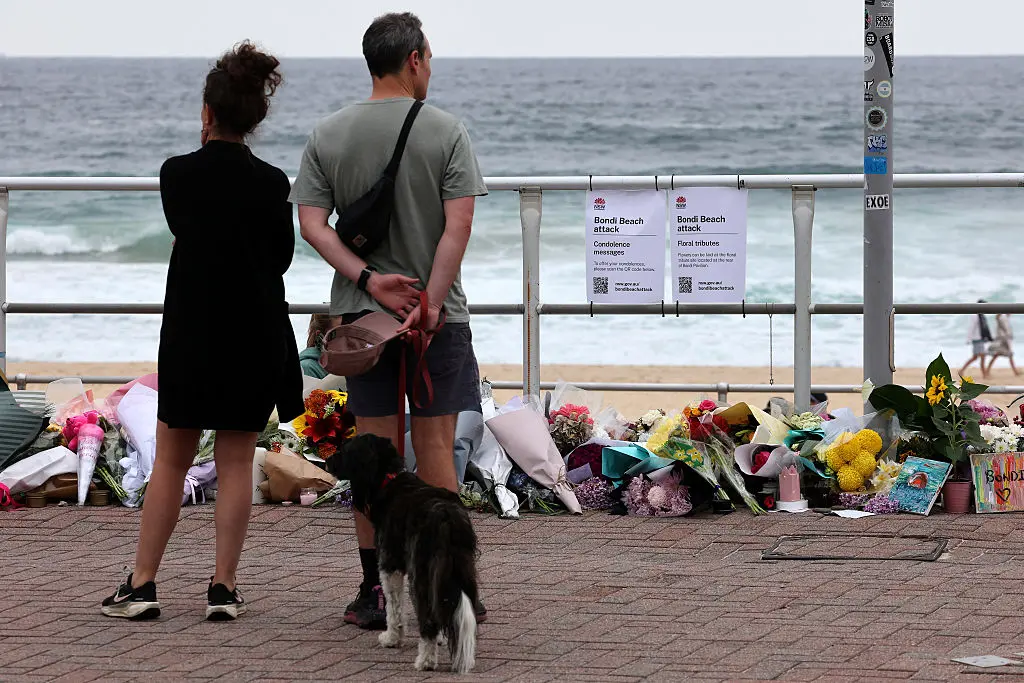New research from the Centre for Independent Studies (CIS) reveals that government spending is fuelling inflation, while private sector growth has stagnated, signalling a potential structural shift in Australia’s economy.
The findings come against the backdrop of Australian Bureau of Statistics data confirming an increase in government spending by 1.4 percent.





